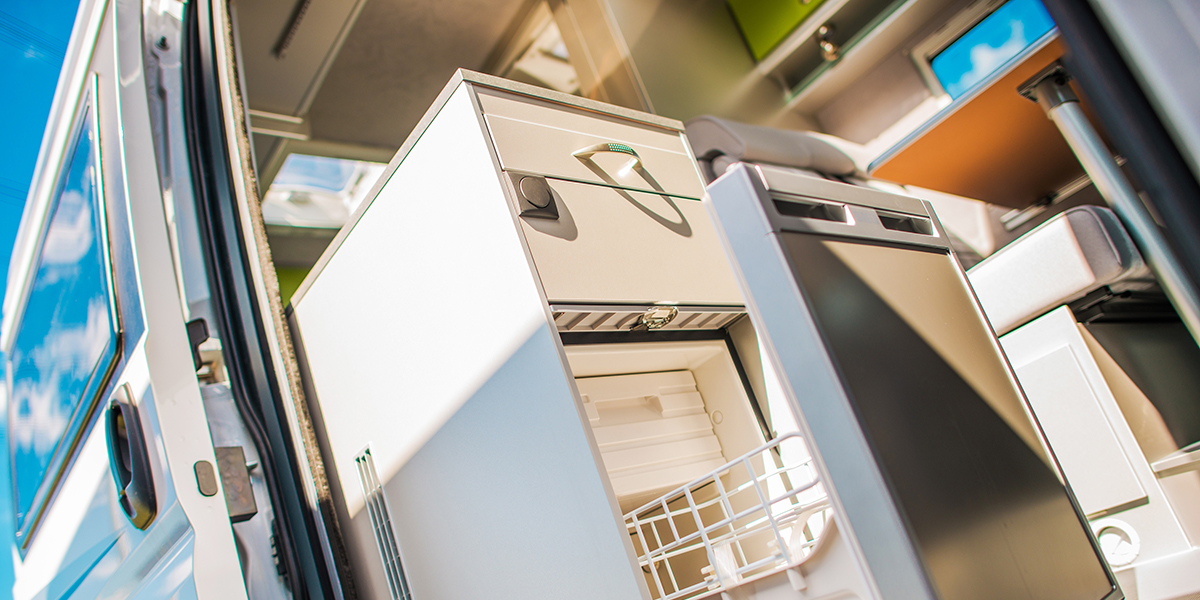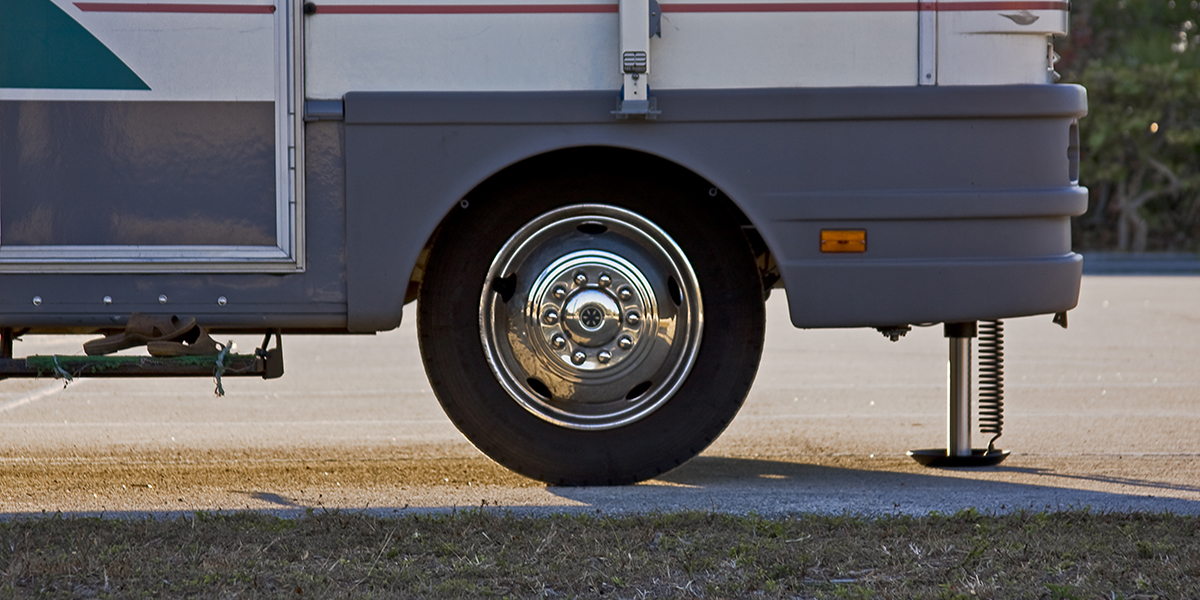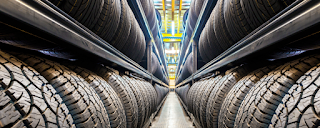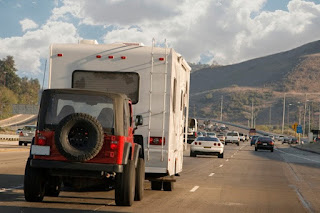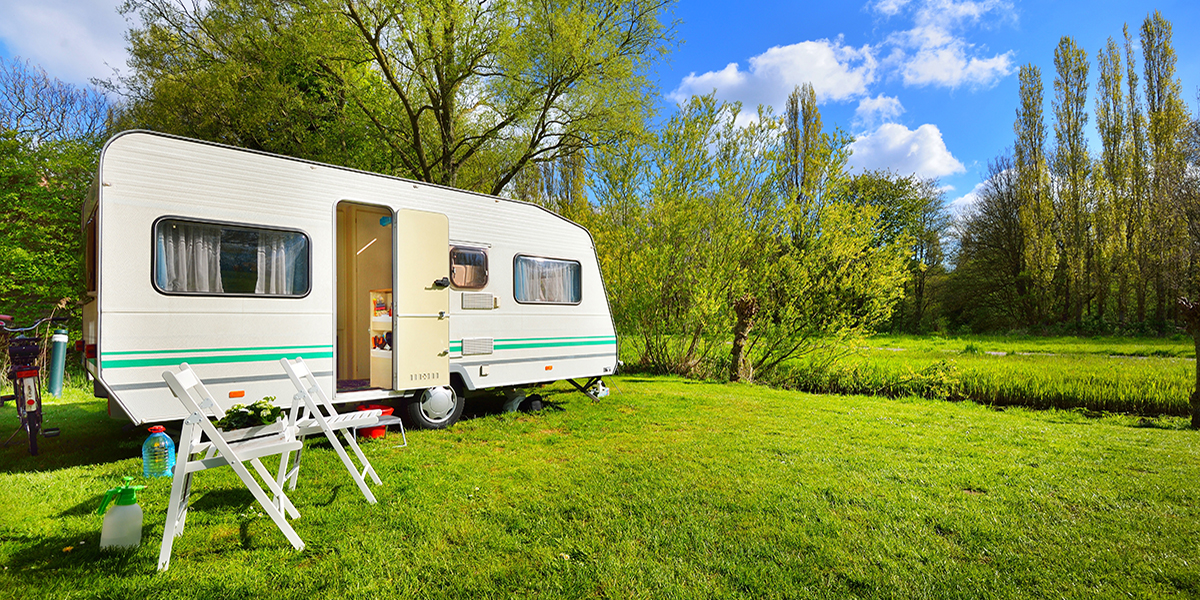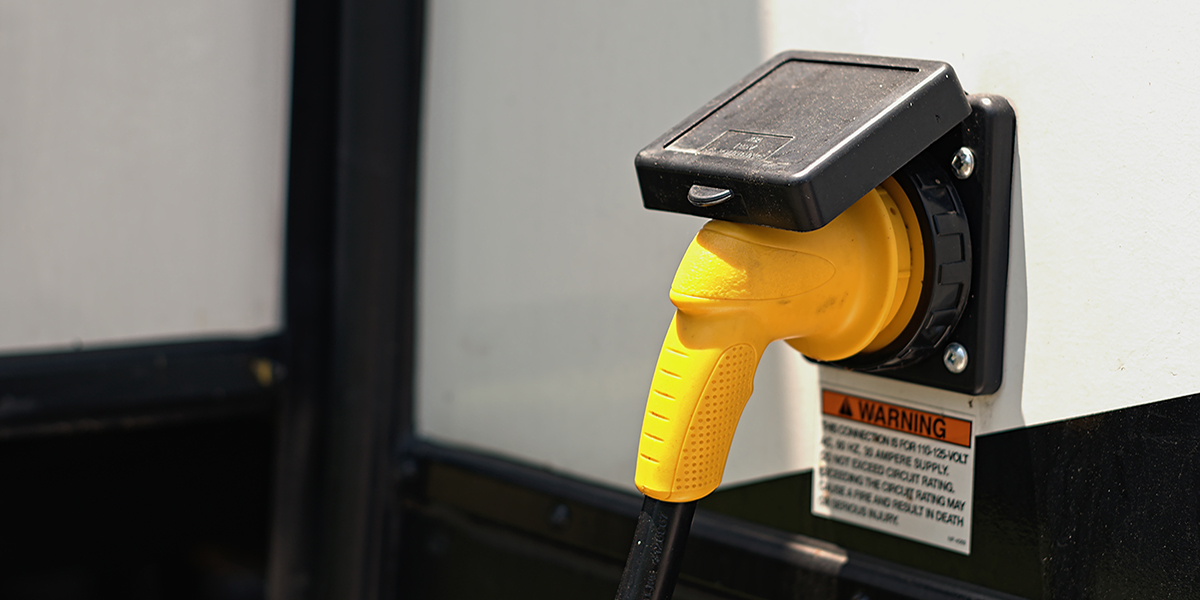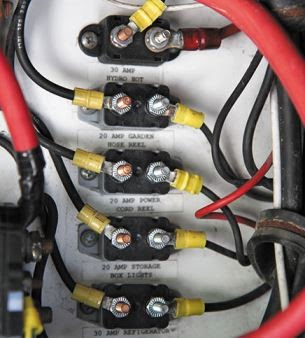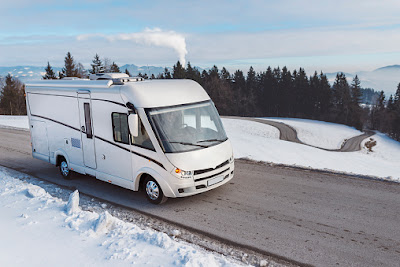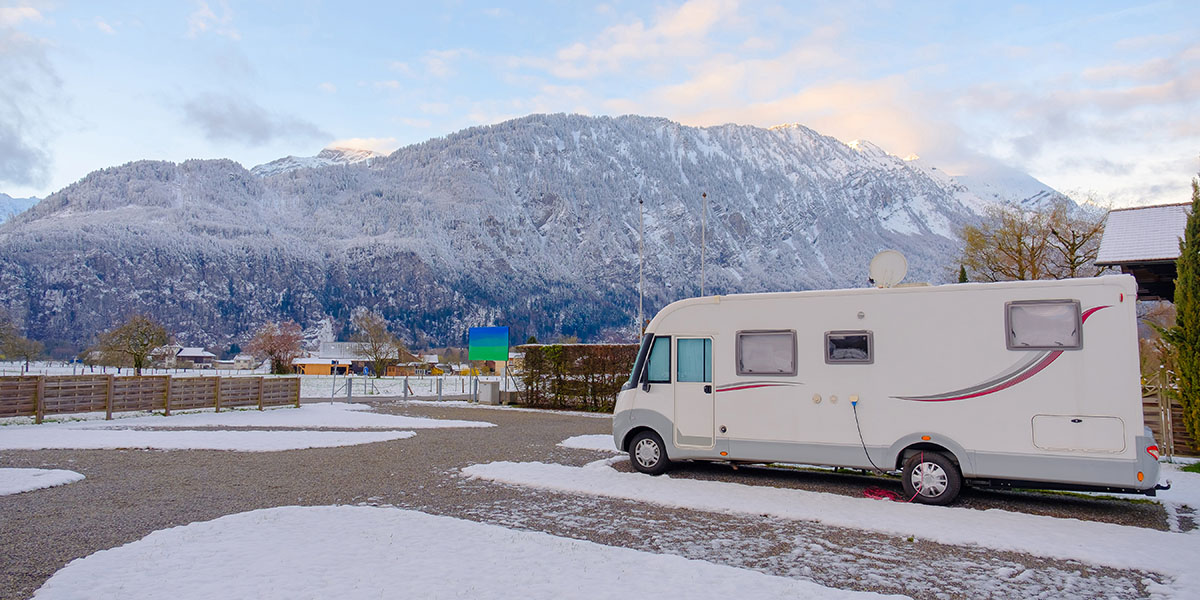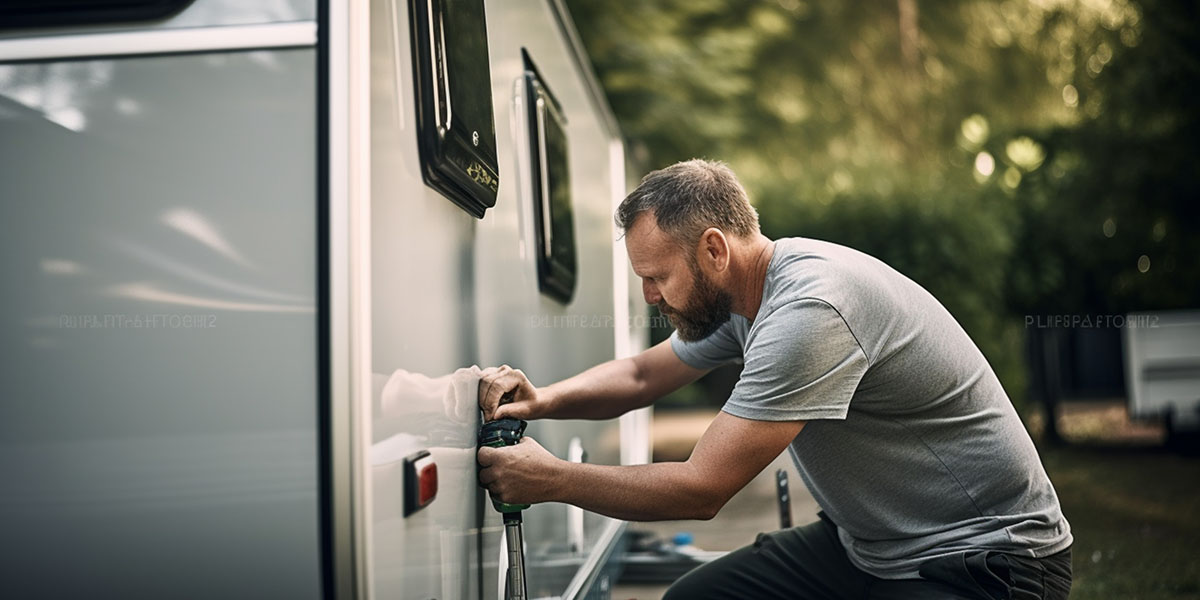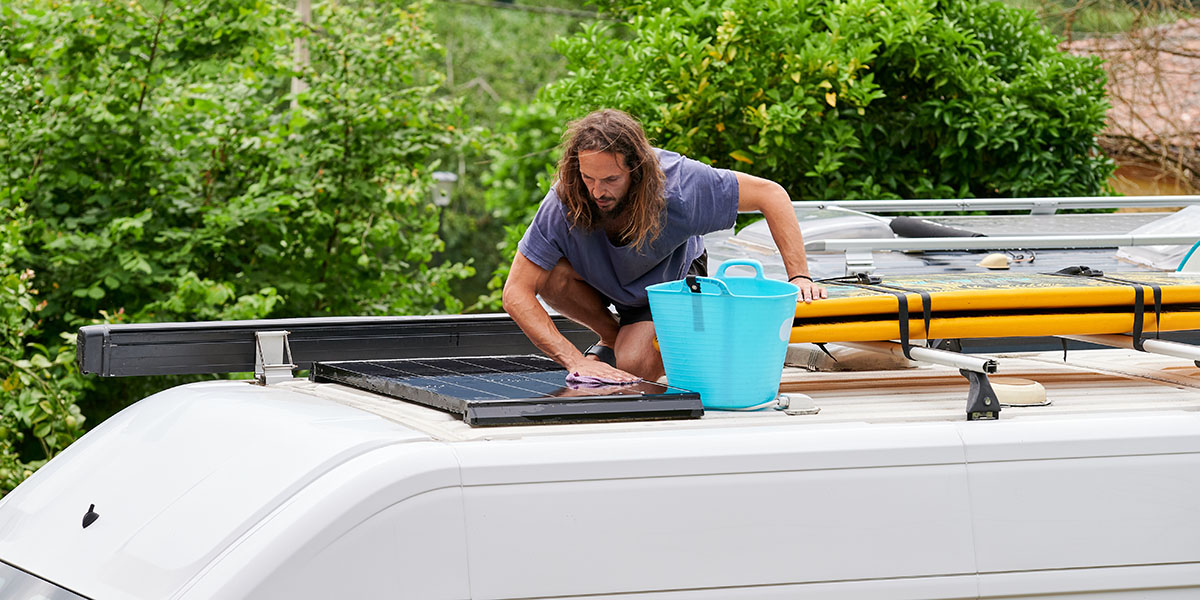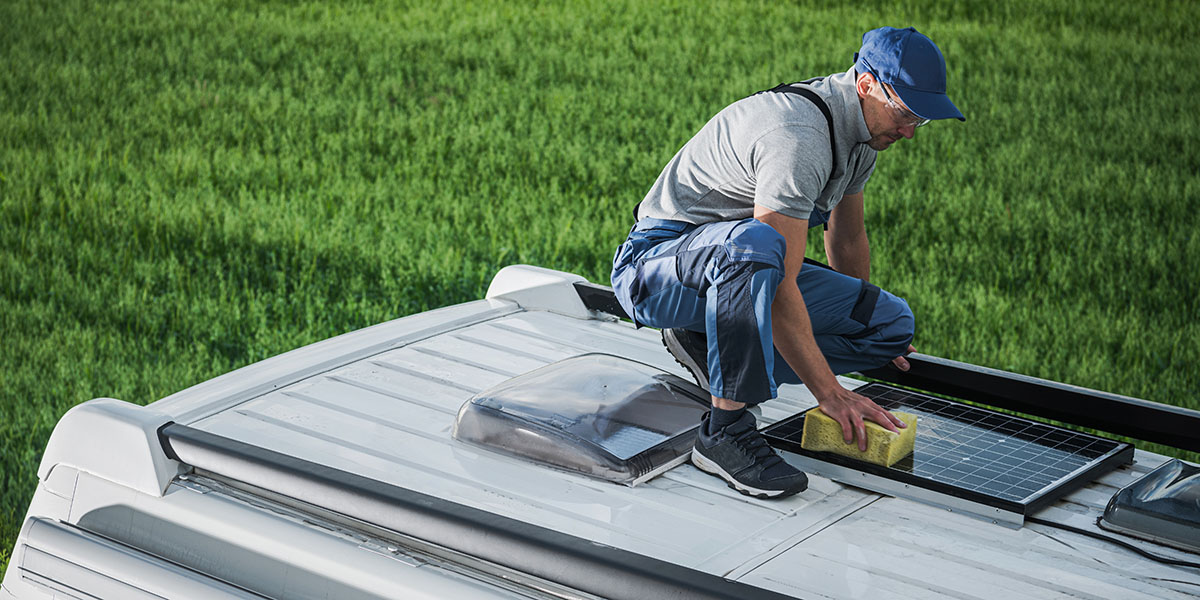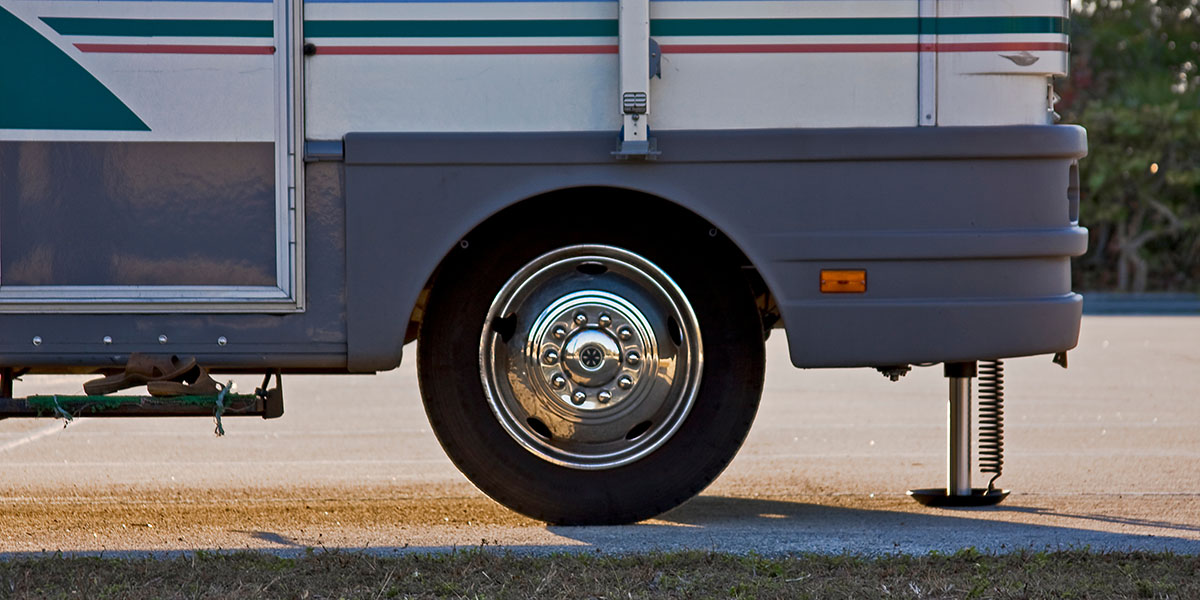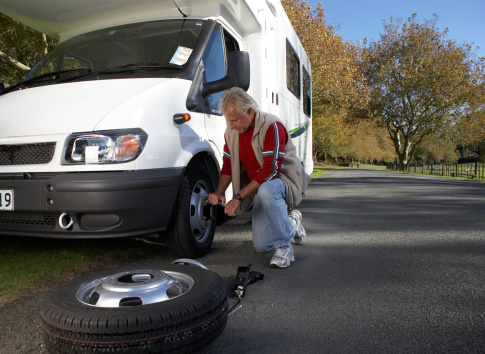Does My RV Need to Be Level for the Fridge to Work?
We were preparing to go camping one weekend and, as usual, I turned on the RV fridge the night before we were leaving to make sure it nice and cold. However, it didn’t get cold. In fact, it actually got warmer!
I was so bummed! I thought my fridge was broken. So, I grabbed the manual to troubleshoot the situation. I checked and rechecked the on-off switch. I made sure the fridge was getting electricity and even made sure the propane was turned on.
But nothing worked, and I feared the worst. I thought my fridge was dead and started thinking about packing a cooler for our weekend trip.
But then I remembered that an RV fridge should to be level to operate correctly – or in my case operate at all. And my driveway, where the RV was parked, is at a fairly steep slope.
So, I pulled the RV out of the driveway and parked it in the street in front of our house where the road is more level. It wasn’t perfectly level, but it was more level than our driveway.
And, sure enough, the fridge began to cool rather quickly! So, it turns out that yes, your RV needs to be level for the refrigerator to work correctly.
Can I Damage the Fridge if My RV is Not Level?
Some RV refrigerators have an automatic shut off if this occurs, but most do not. The fridge just continues to try to cool, and eventually, the cooling unit will heat up, burn out, and fail. And it doesn’t matter if the fridge is running on electric or propane. The result will be the same.
How Do I Know if My RV is Level Enough?
You can also place a level on the floor of your RV and make sure at least half of the air bubble remains inside the level markers. These are just rules of thumb, but they should work for most RV refrigerators.
Can I Run the Fridge While Driving?
You can run the fridge while you are driving under normal conditions. And you should, especially if you have food in it. Even though the fridge will be out of level at times when you are driving the motion of the RV will allow the cooling gasses to flow within the coils and not overheat the cooling element.
However, if you are driving up or down steep inclines for more than a few minutes, you should actually turn off the fridge until you get to more level terrain. For example, if you are going up or down a 10% slope for more than 10 minutes, you could do some damage to your cooling unit. So, it’s best to turn off the fridge under these extreme circumstances.
In summary, your RV refrigerator needs to be as level as possible to operate as efficiently as possible. Just use good common sense and a cup of water on the counter to make sure you are level when parked. And turn off the fridge while you are driving on roads with steep grades of 10% or more for more than 10 minutes. Just remember to turn the fridge back on once you are driving on more level roads!
